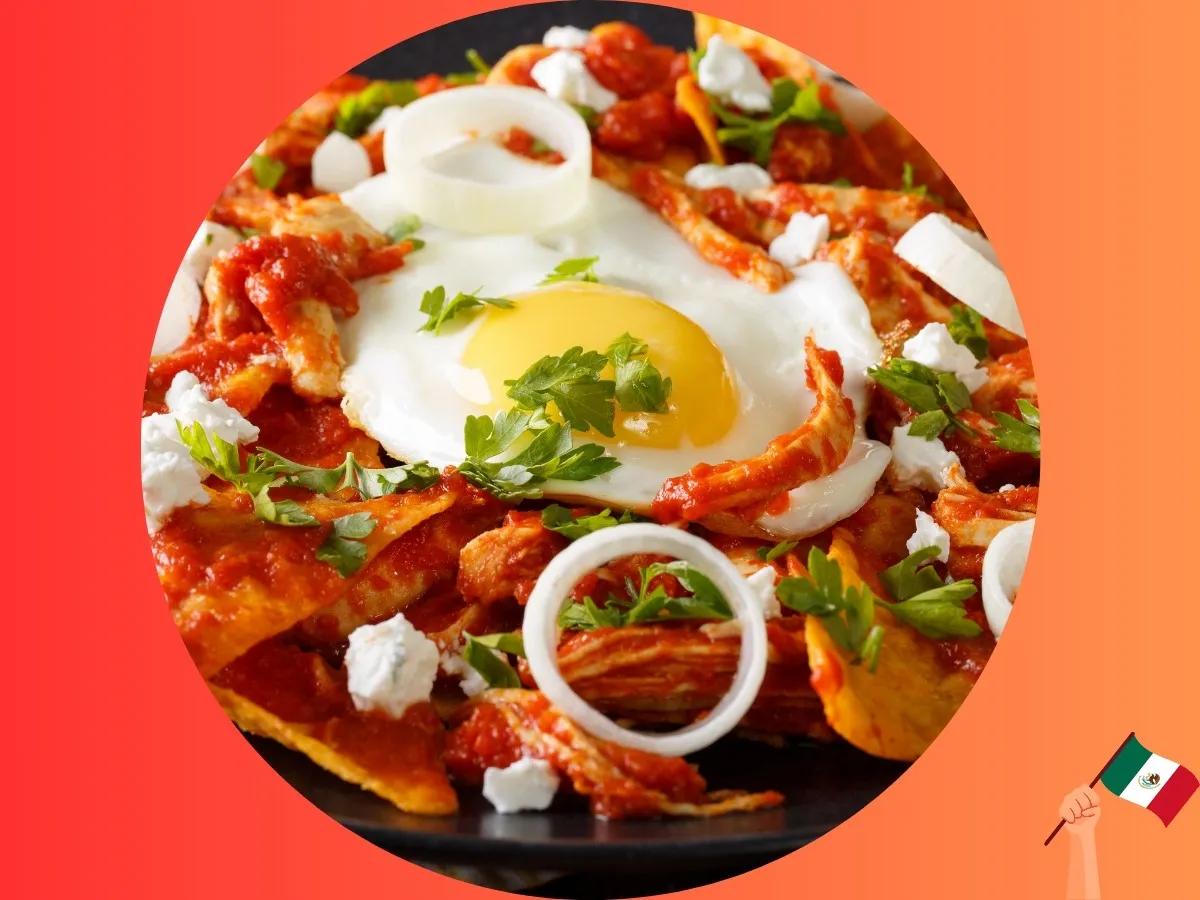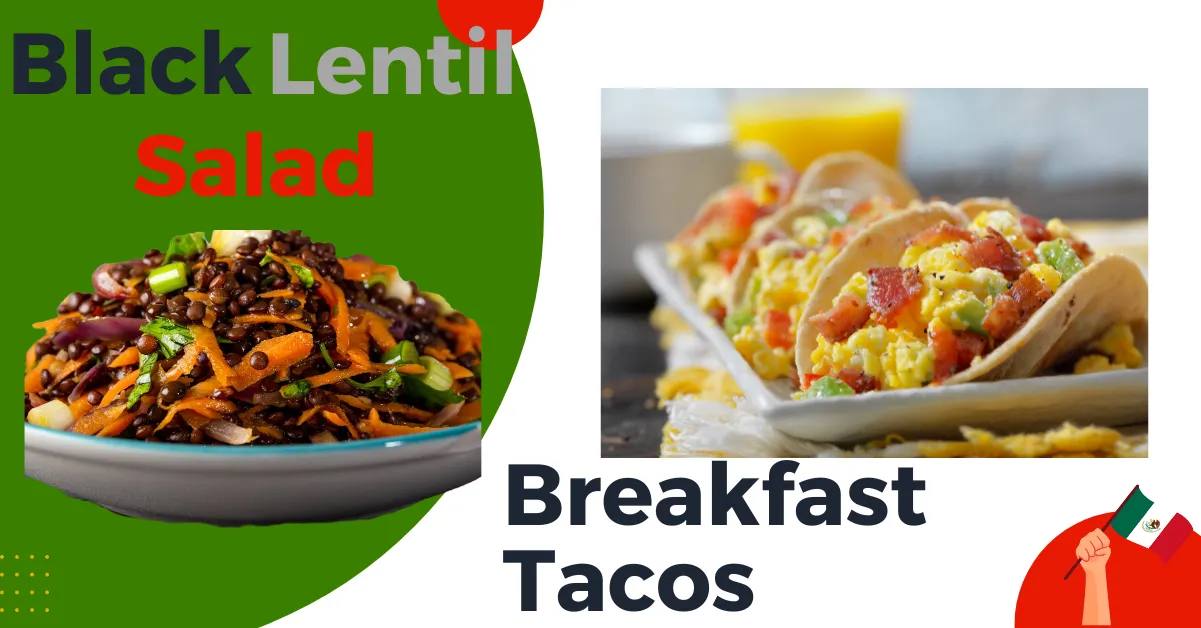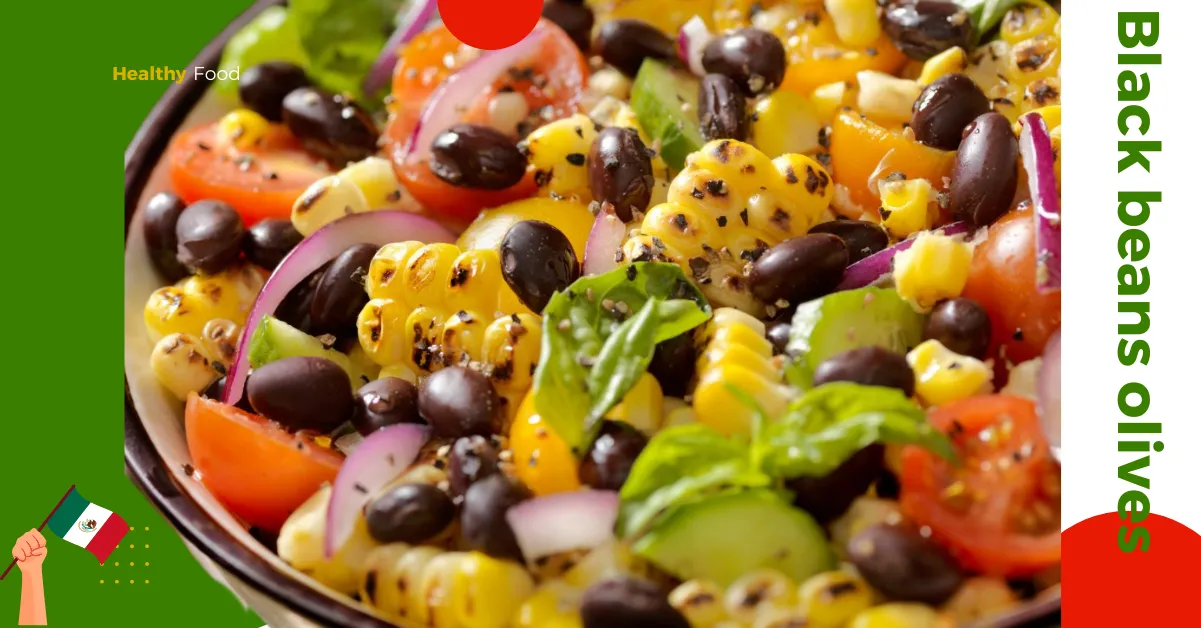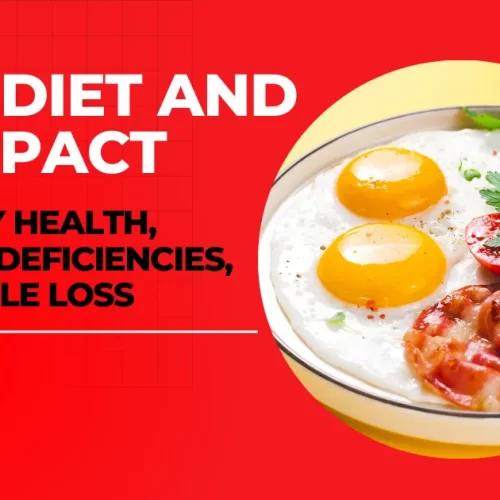Last updated on August 17th, 2025 at 07:34 am
Breakfast in Mexico, also known as “Desayuno” (breakfast tacos), is a vital meal usually enjoyed in the morning. Mexican breakfasts vary across regions, but some familiar dishes and ingredients are often found.
One popular Mexican breakfast dish is chilaquiles. It typically consists of fried tortilla chips topped with salsa, cheese, and sometimes shredded chicken or fried eggs. Chilaquiles can be served with refried beans and a side of avocado.
Another standard breakfast option is “huevos rancheros,” which means “ranch-style eggs.” This dish usually includes fried eggs on a tortilla topped with salsa, beans, and sometimes cheese or guacamole.
Breakfast in Mexico often incorporates traditional ingredients such as corn, beans, tomatoes, chili peppers, and various spices. Other breakfast dishes can include “tamales” (steamed corn dough filled with different ingredients), “molletes” (open-faced sandwiches with beans, cheese, breakfast tacos, and salsa), and “pan dulce” (sweet bread).
In addition to these specific dishes, Traditional Mexican breakfasts often include a variety of fresh fruits, such as papaya, mango, and pineapple. Typical beverages include coffee, hot chocolate, and freshly squeezed juices.
A Traditional Mexican breakfast (breakfast in Mexico) is a flavorful and diverse meal incorporating traditional ingredients and dishes, providing a satisfying start to the day.
Breakfast in Mexico – Traditional Mexican Breakfast
| Dish | Description | Estimated Nutritional Values (per serving/unit, may vary) |
|---|---|---|
| Chilaquiles | Crispy tortilla chips smothered in a flavorful salsa (tomato, chili peppers, spices), topped with cheese, sour cream, and often eggs or meat. The combination of textures and flavors is truly amazing. | Calories: 300-500 kcal Protein: 15-25 g Fat: 20-35 g Carbohydrates: 30-50 g Fiber: 5-8 g |
| Huevos Rancheros | Fried eggs served on top of a tortilla and smothered in a rich tomato-based salsa ranchera. Often garnished with beans, cheese, avocado, and salsa. A mouthwatering combination of perfectly cooked eggs and spicy sauce. | Calories: 300-450 kcal Protein: 15-20 g Fat: 20-30 g Carbohydrates: 25-35 g Fiber: 6-10 g |
| Tamales | Masa (corn dough) filled with meat, cheese, or vegetables, wrapped in a corn husk or banana leaf, and steamed. Often enjoyed with hot chocolate or coffee, a true culinary delight. | Calories: 250-400 kcal (per tamale) Protein: 10-15 g Fat: 15-25 g Carbohydrates: 25-40 g Fiber: 4-7 g |
| Molletes | Toasted bolillo (Mexican bread) topped with refried beans, cheese, and sometimes salsa or avocado, then broiled until the cheese is melted and bubbly. An easy and irresistible breakfast option. | Calories: 350-600 kcal (per mollete) Protein: 15-25 g Fat: 20-35 g Carbohydrates: 40-60 g Fiber: 8-12 g |
| Enchiladas (Breakfast) | Rolled tortillas filled with cheese, meat, or beans, topped with a flavorful sauce and cheese, then baked until melted and bubbly. A savory and satisfying breakfast experience. | Calories: 400-700 kcal (per 2 enchiladas) Protein: 20-35 g Fat: 25-40 g Carbohydrates: 30-50 g Fiber: 6-10 g |
| Mexican Hot Chocolate | Rich and creamy beverage made from chocolate, milk (or water), and spices such as cinnamon and vanilla. Often served with a sprinkle of cinnamon, the perfect accompaniment to any Mexican breakfast. | Calories: 150-300 kcal (per cup) Protein: 5-10 g Fat: 8-15 g Carbohydrates: 15-30 g Fiber: 2-5 g |
Start Your Day Right: Healthy and Hearty Breakfast Tacos.
Starting your day with healthy and hearty breakfast tacos is a fantastic way to kick off your morning with energy and flavor.
Here’s how to build a breakfast taco that tastes great and fuels your body.
| Breakfast Taco Component | Description |
|---|---|
| Foundation: The Tortilla | For a healthier base, opt for whole-grain or corn tortillas. These options are lower in calories and higher in fiber compared to traditional flour tortillas, helping you feel fuller longer. |
| Protein Power | Protein is essential in the morning to keep you satiated and energized. Eggs are famous for breakfast tacos due to their protein content and versatility. Scramble them or fry them—either way, they provide a great foundation. For a vegetarian twist, consider black beans or refried beans, which are high in protein and fiber. |
| Healthy Fats | Incorporate avocados or a spoonful of guacamole for healthy fats that promote heart health and aid nutrient absorption. A bit of cheese can also add flavor and protein, but opt for varieties like feta or goat cheese, which are flavorful yet lower in calories and fat. |
| Veggies Galore | Load up on vegetables like bell peppers, onions, spinach, or kale to add volume and essential nutrients without too many additional calories. Sautéed or fresh, they’ll add texture and antioxidants. |
| Spices and Herbs | Spices like cumin, paprika, or chili powder boost flavor without fat. Fresh cilantro or a squeeze of lime adds a bright, fresh finish without extra calories. |
| Salsa | Top your taco with a homemade or store-bought salsa. Look for options low in sugar and high in fresh ingredients like tomatoes, chili peppers, and onions. Salsa can liven up your breakfast taco without adding significant calories and provide a dose of vitamin C. |
| Serving | Serve your breakfast tacos with a side of fruit for a dose of natural sweetness and a fiber boost. This balanced meal will keep your energy levels steady throughout the morning. |
| By combining complex carbohydrates, proteins, and healthy fats, breakfast tacos can be a balanced, nutritious, delicious, and versatile meal. Whether you’re a meat lover, vegetarian, or vegan, there’s a breakfast taco combination that can work for you. This meal will surely add a zesty start to your day, proving that healthy eating can be joyful and tasty. | |
Taco Breakfast Menu: Components & Nutrition
Main Components (Typical)
- Tortillas: Usually flour or corn, serving as the base.
- Eggs: Scrambled are most common, but can be prepared in other ways.
- Meat (Optional): Bacon, sausage, chorizo, or shredded chicken or steak.
- Cheese: Shredded cheddar, Monterey Jack, or a blend is popular.
- Potatoes (Optional): Diced, roasted, or hash browns for added heartiness.
- Salsa: Various types, from mild pico de gallo to spicy salsa verde.
- Optional Toppings: Avocado, sour cream, onions, cilantro, hot sauce, beans.
Typical Nutrition Facts (Per Taco – Estimates Vary Greatly)
Please note that the nutritional content of a breakfast taco can vary significantly based on the ingredients and portion sizes used. The following are very general estimates and should not be considered precise.| Nutrient | Approximate Value (per average taco) |
|---|---|
| Calories | 200 – 400+ kcal |
| Protein | 10 – 20+ g |
| Fat | 10 – 25+ g (depending on meat and cheese) |
| Carbohydrates | 15 – 30+ g (depending on tortilla and potatoes) |
| Fiber | 2 – 5+ g (depending on fillings) |
| Sodium | 300 – 800+ mg (can be high depending on processed meats and cheese) |
- Preparation Methods: Frying components (like potatoes or crispy meats) will increase fat content.
- Fillings: The type and amount of meat, cheese, and added toppings will drastically affect the calorie, fat, and protein content. Vegetarian options with beans and vegetables can also significantly alter these values.
- Tortilla Type: Flour tortillas generally have more calories and fewer nutrients than corn tortillas.
- Portion Size: The size of the tortilla and the amount of filling will impact the overall nutritional intake.
Why Breakfast in Mexico Is More Than Just A Meal: Cultural Revelations You Can’t Miss
Breakfast in Mexico – Cultural Significance
In Mexican cuisine, dishes incorporate black ingredients, such as black beans. Black beans are commonly used in Mexican dishes, including breakfast options like chilaquiles, breakfast burritos, and huevos rancheros.
These dishes can feature black beans as a critical component, adding flavor and nutritional value to the meal. Additionally, Mexican sauces and salsas, like mole, can have a dark color due to the blend of spices and ingredients, creating a rich and complex flavor profile.
While black may not be as prominent in Mexican breakfasts as in other cuisines, black beans and dark sauces can add depth and variety to the culinary experience.
Mexico’s Morning Table: A Taste of Culture, Bite by Bite.
Beyond sustenance, breakfast in Mexico is a vibrant immersion into its rich culture. Discover the traditions, flavors, and social connections woven into every morning meal. It’s a cultural journey you can savor.
- Family-Centered: Breakfast is often a time for families to gather and share a meal, strengthening bonds and creating lasting memories.
- Regional Variations: Different regions of Mexico have unique breakfast specialties that reflect local ingredients and traditions. For example, in the south, you might find tamales and pozole; in the north, you might encounter machaca (dried, shredded beef) and tortillas.
- Social Gathering: Breakfast can also be a social occasion, with friends and neighbors gathering at local cafes or markets to enjoy a leisurely meal.
- Importance of Tortillas: Tortillas are a staple of Mexican cuisine and are often used to accompany breakfast dishes, scooping up sauces, or wrapping around fillings.








August 23, 2023 at 1:48 pm[…] Traditional Breakfast in Mexico That Will Blow Your Mind […]